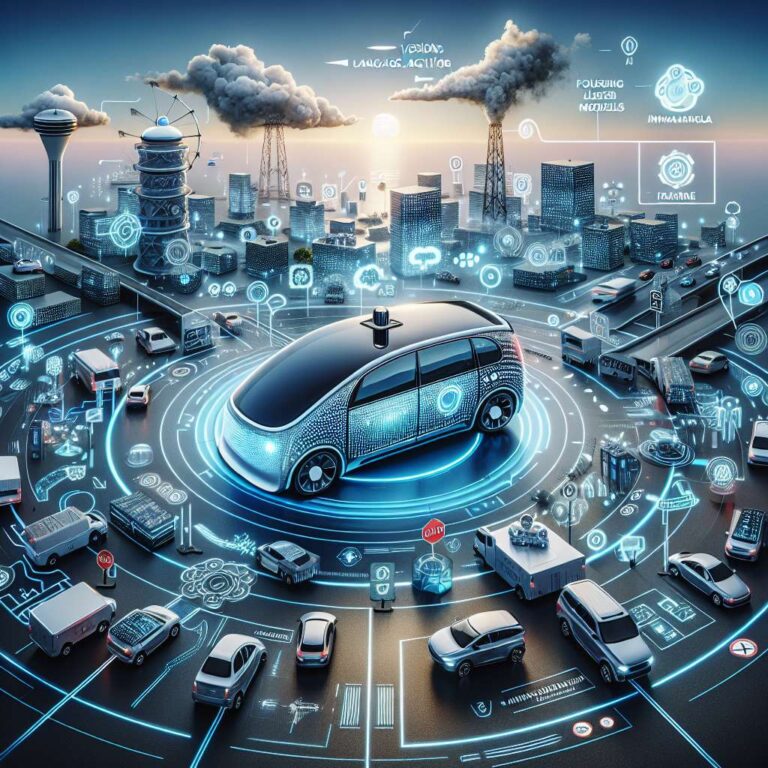Level 4 autonomous driving is moving from promise to practicality, accelerated by rapid progress in Artificial Intelligence over the past three to four years. The article argues that more breakthroughs have arrived in this recent period than in the previous decade, materially altering the industry’s path to commercial viability. High automation is advancing as systems become more capable of handling complex, real-world conditions that previously required human intervention.
The momentum is attributed to a convergence of key Artificial Intelligence advances that replace fragmented pipelines with integrated approaches. Traditional stacks split perception, planning, and control, which can introduce information loss at each interface. New integrated architectures process data holistically, preserving context throughout the decision loop and enabling more reliable behavior. Foundation models, trained on internet-scale knowledge, help vehicles reason through unfamiliar scenarios, such as encountering a mattress in the road, by drawing on broad world understanding rather than relying solely on fleet data. In parallel, end-to-end architectures map sensor inputs directly to driving actions, reducing engineering complexity and strengthening decision robustness.
Reasoning vision language action models push reliability further by fusing multimodal perception with language comprehension and stepwise reasoning. This allows systems to decompose complex situations, weigh alternative outcomes, and make decisions that are easier to interpret, aiding real-time safety oversight and post-incident analysis. The article highlights that the vast testing burden for Level 4 systems is becoming tractable through advanced simulation. Techniques like neural reconstruction and world models can synthesize limitless, diverse driving scenarios spanning weather conditions and unexpected obstacles, enabling rapid policy evaluation that physical testing alone cannot match.
These capabilities require substantial computational resources, which the piece notes are being met by purpose-built platforms tailored to current and future Artificial Intelligence workloads. Safety is framed as foundational for Level 4 autonomy, with recent advances in physical Artificial Intelligence safety implementing layered guardrails across design, deployment, and validation. The recommended approach integrates modular stacks with end-to-end models to achieve scalable, trustworthy operation. Beyond the technology, the article underscores the societal upside: by systematically reducing human error, the leading cause of roadway incidents, Level 4 vehicles could significantly improve safety outcomes, save lives, and conserve resources, redefining transportation around efficiency and reliability.

